Vietnam strives to break country’s dollar reliance
Vietnam has unveiled measures designed to increase the use of the dong and decrease the economy’s reliance on the US dollar by 2010.
Under a draft roadmap released by the State Bank of Vietnam (SBV), the country will increase dong payments on exports and lift limitations on individuals and organisations taking foreign currencies out of the country.
The roadmap also aims to reduce the rate of foreign currency deposits in the total liquidity (FCD/M2) of the economy to 15 per cent by 2010 from nearly 24 per cent in 2004.
Nguyen Huu Nghia, head of SBV’s Central Bank Strategy Division, said the rate is an adequate benchmark for Vietnam in responding to the recommendations by international financial institutions to strive for a lower FCD/M2 level. However, he said the dollar mobilisation capability of local bankers would be negatively affected if the rate was much lower.
Phi Dang Minh, vice head of SBV’s Forex Management Department, said reducing the high rate of dollarisation in the economy cannot be done in a short period of time.
He said trust in the dong has yet to be cemented by financial and monetary policies and therefore the existing serious rate of dollarisation continues to increase.
“In that context, the rate of FCD/M2 keeps increasing and it is hard for Vietnam to control cash dollarisation as payment and price listing remain,” Minh explained.
“Vietnam will increase the dong conversion rate by establishing a more flexible currency rate mechanism and increasing the gross international reserve, which is equivalent to 18-20 weeks of imports,” he added.
The bank will give incentives to foreign exchange businesses, organisations and individuals to remove the ceiling on term-exchange rates and enable option operations in dong and foreign currencies, while allowing interest rates of option operations to move freely this year.
In 2006, Vietnam will gradually lift limitations on dong being taken into and out of the country, as well as list forex business and other foreign currency-based businesses as conditional businesses. Individuals and organisations will also be allowed to borrow dong from foreign credit organisations and the bank will ask the Ministry of Planning and Investment to remove the foreign currency balance requirement for foreign direct investment projects.
“Credit organisations will be asked to apply the ceiling rate on FCD/M2 and increase their US dollar reserves if they exceed the fixed rate FCD/M2 of 15 per cent this year,” said Minh.
The rate of dong received from overseas Vietnamese will be increased to 10 per cent by 2008 and 30 per cent by 2010. These rates will be similar to the ratio of Vietnam dong payments from exports in the 2006-2010 period.
In 2008, the bank will run a programme on a trial basis to allow withdrawals in dong from foreign currency accounts.
“The most difficult task to reach the targets set in the draft is to supervise the foreign currency flows and transactions made by individuals because there is lack of official information management,” said Nghia.
Once the country allows more individuals and organisations to do foreign exchange businesses, this monitoring will become even more difficult.
“However, whether the monitoring is effective or not, the currency rate is bound to fluctuate once these new regulations are put in place,” Nghia said.
The draft is scheduled to be submitted to the government in the third quarter of this year once agreement is reached among the ministries of finance, trade, planning and investment, and public security.
What the stars mean:
★ Poor ★ ★ Promising ★★★ Good ★★★★ Very good ★★★★★ Exceptional
 Tag:
Tag:
Related Contents
Latest News
More News
- Considerations to be made in light of US vote outcome (November 25, 2024 | 14:00)
- HDBank in triple victory at listed company awards (November 25, 2024 | 11:38)
- Malaysia's Solarvest and Finhero launch first solar financing fintech solution in Vietnam (November 22, 2024 | 19:50)
- SHB honoured at VLCAs for fourth time (November 22, 2024 | 19:08)
- Central Bank of Cuba chief visits Hanoi to work with VBSP (November 22, 2024 | 15:49)
- Credit sees steady growth towards year-end (November 21, 2024 | 17:46)
- HDBank wins three titles at Vietnam Listed Company Awards (November 21, 2024 | 10:01)
- VLCA’s corporate governance mission (November 21, 2024 | 10:00)
- The promotion of ESG via banking (November 21, 2024 | 09:32)
- Standard Chartered committed to Vietnam’s financial success (November 21, 2024 | 09:24)




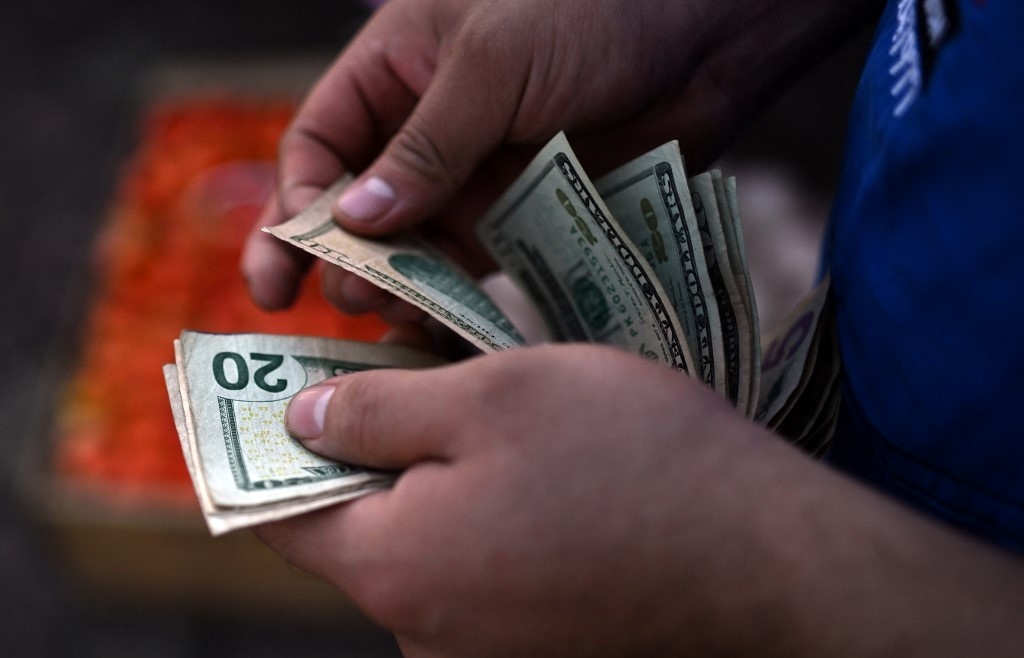
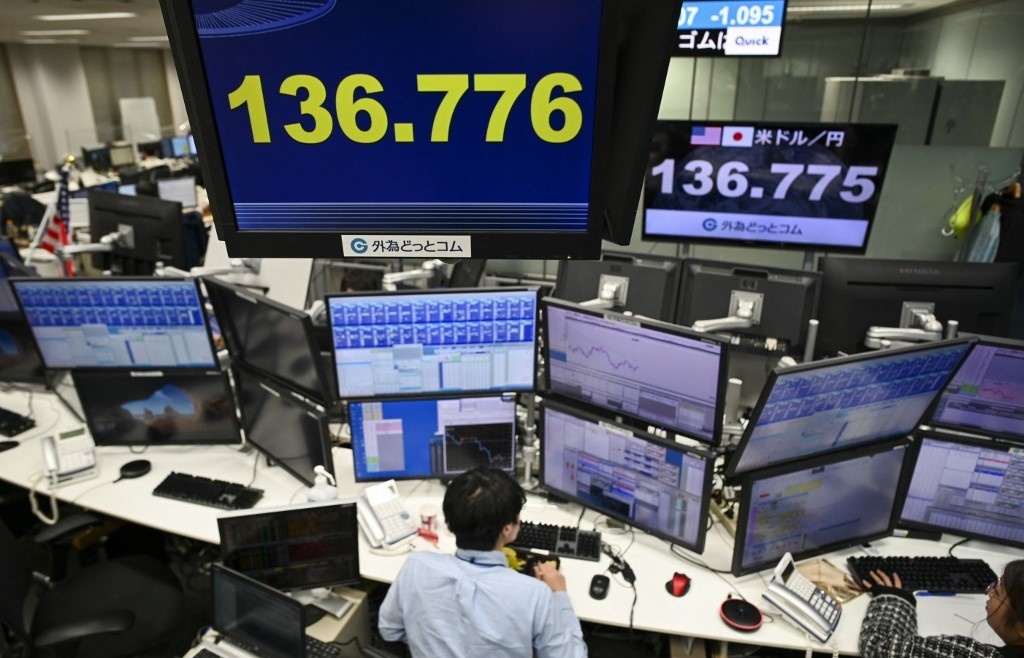
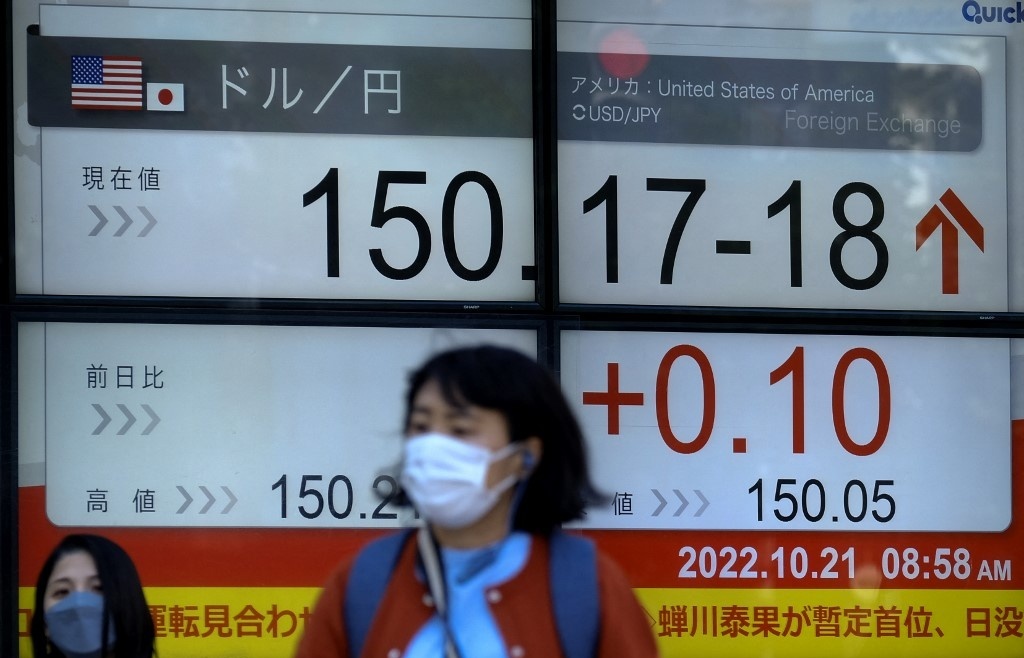
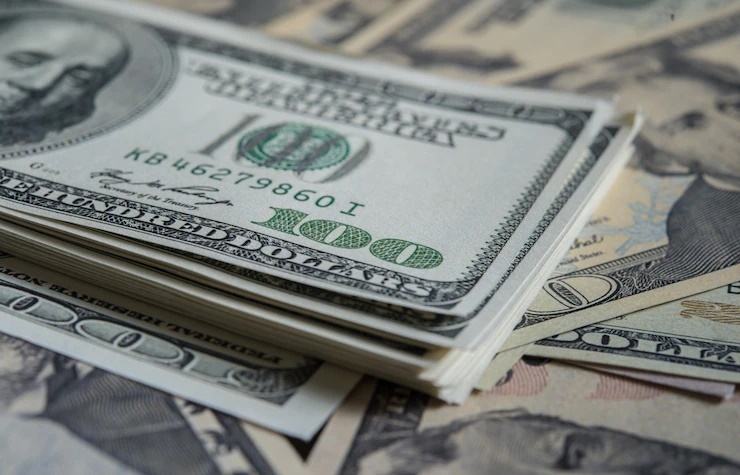

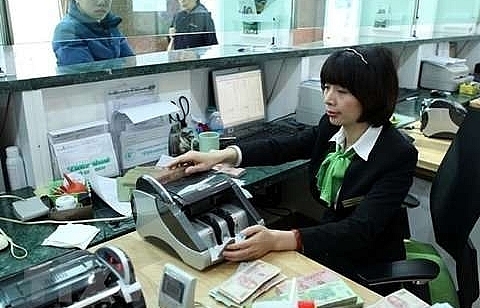
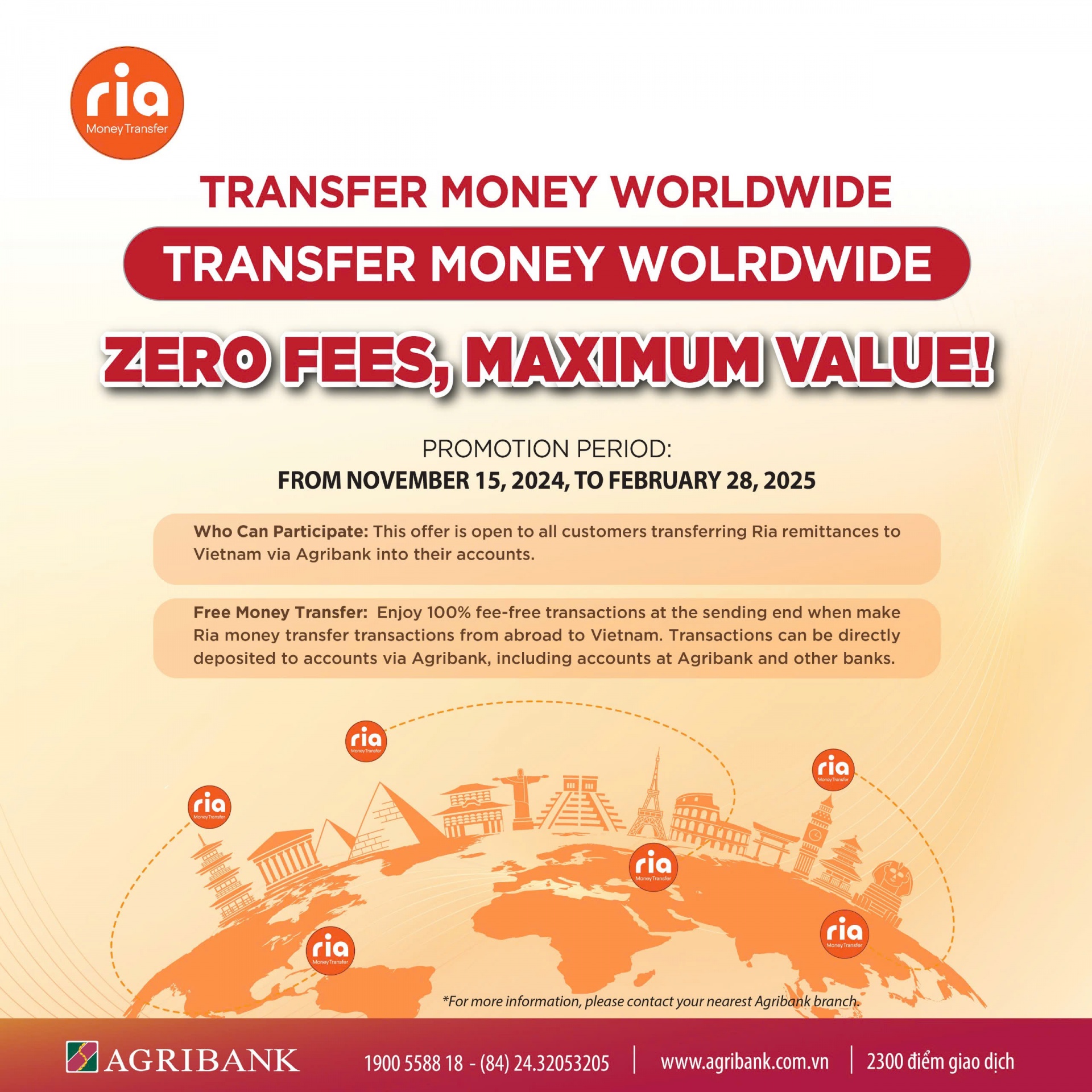
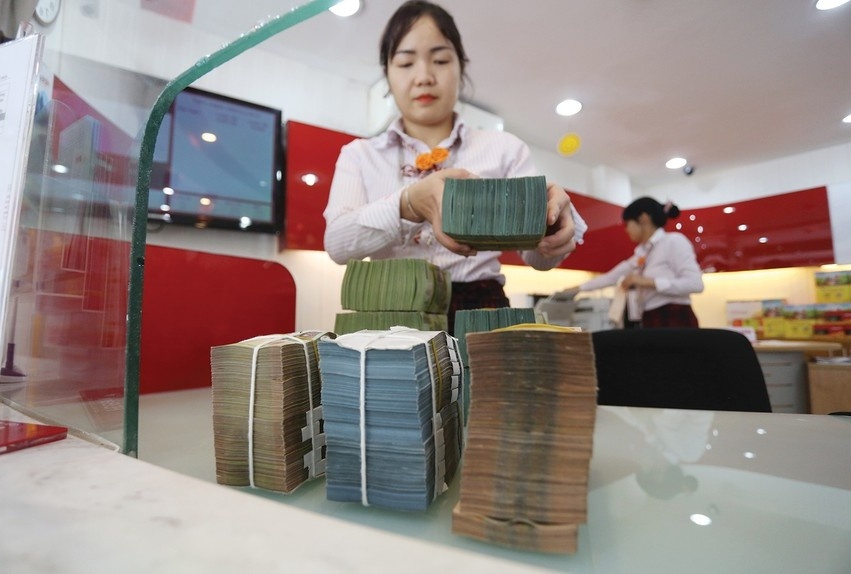



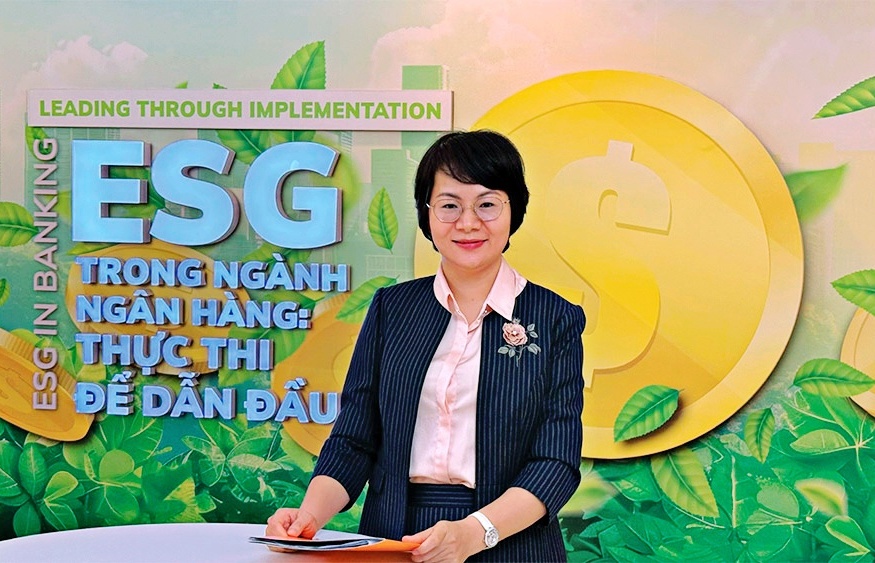





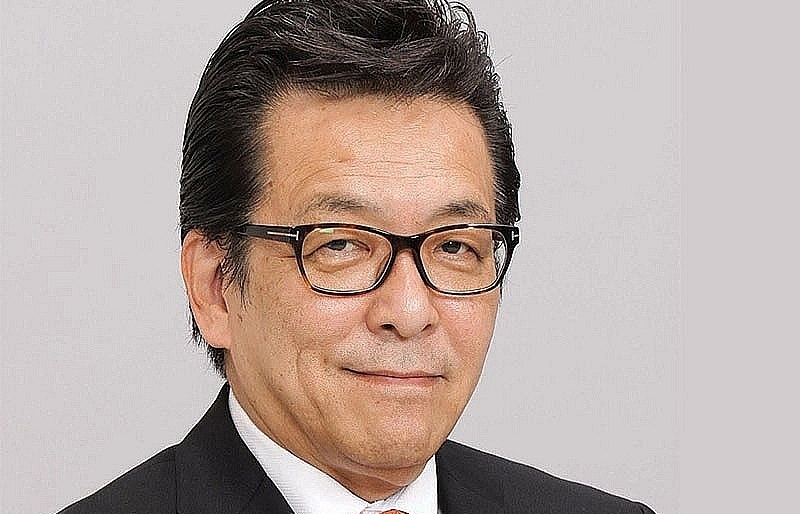



 Mobile Version
Mobile Version